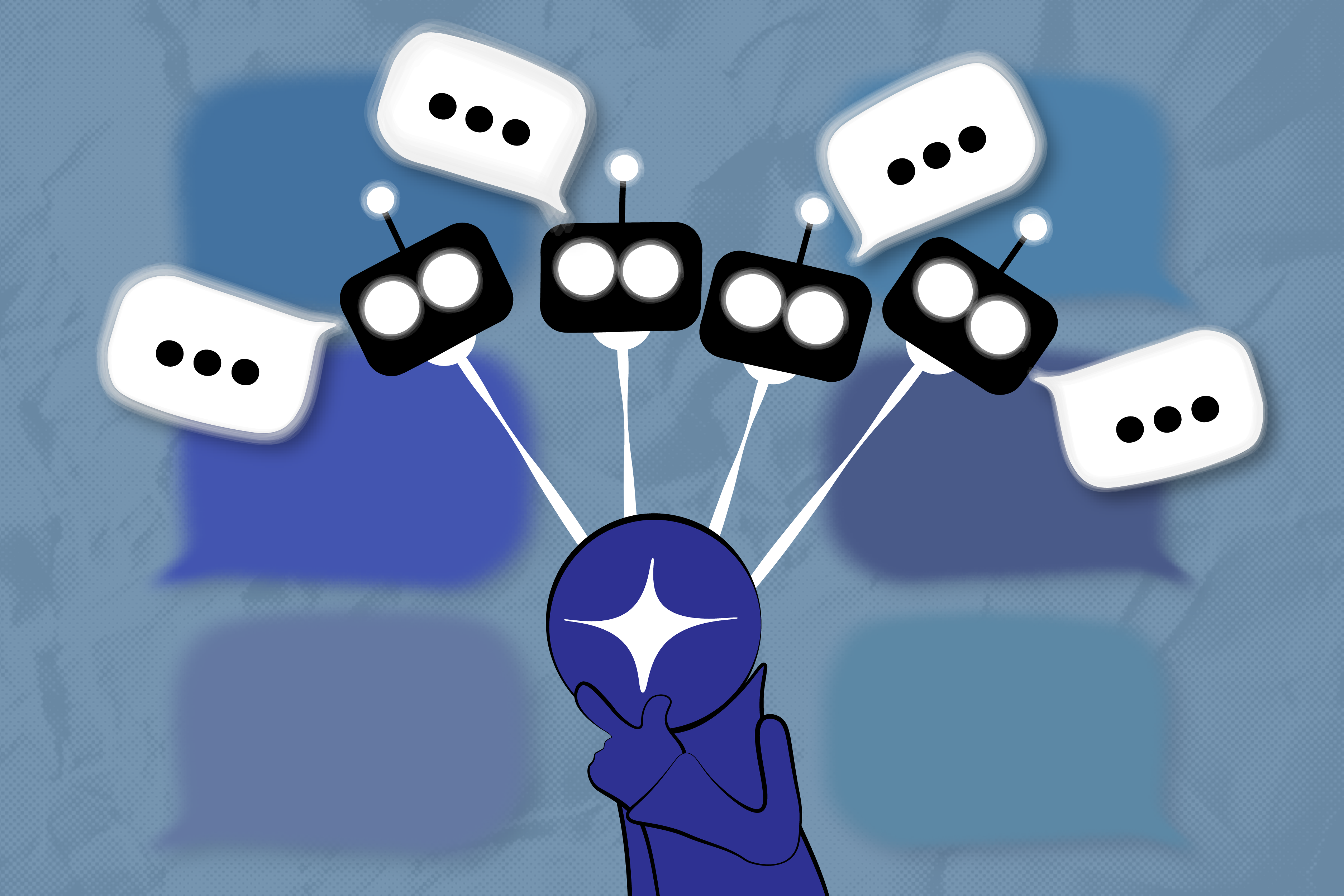Analysis: How LLM’s Downplay Intelligence to Match Roles
A research analysis summary about how AI can change it's intelligence to fit it's role.


In the rapidly evolving landscape of artificial intelligence, Large Language Models (LLMs) such as GPT-3.5-turbo and GPT-4 are at the forefront, demonstrating an uncanny ability to mimic human cognitive functions. This article delves into the heart of a study by Jiří Milička and colleagues, which uncovers LLMs' capacity to adapt their cognitive outputs to simulate children's developmental stages. As we navigate through the insights provided by this research, we explore how these sophisticated models adjust their abilities to offer a tailored cognitive presence, reshaping our understanding of AI's potential in personalized applications.
This exploration begins with a detailed review of the methodologies and results from the study, revealing the depth and complexity of how LLMs can be fine-tuned to reflect human-like developmental processes. The following sections break down the sophisticated experimental design and the significant outcomes that highlight the adaptive capabilities of these AI systems.
Methodology Overview:
- Participants and Models: The study utilized advanced LLMs, specifically GPT-3.5-turbo and GPT-4, to simulate linguistic and cognitive behaviors of children aged one to six years.
- Experimental Design: Researchers employed three distinct types of prompts—plain zero-shot, chain-of-thought, and primed-by-corpus—to challenge the models' ability to adapt to various cognitive levels.
- Data Collection: Responses were analyzed to evaluate the accuracy and appropriateness of language use and cognitive processing as per the developmental stages being simulated.
Experimental Results:
The study's findings were profound. Both GPT models demonstrated a notable ability to align their responses with the cognitive complexities expected of the simulated ages. The responses not only showed appropriate linguistic complexity, mirroring real children's language development, but also reflected age-appropriate cognitive abilities in tasks designed to test theory of mind and false-belief understanding. The models displayed increasing linguistic sophistication and a better grasp of task nuances with rising age simulations, underscoring their potential to dynamically adjust their processing to fit a given persona.
Analysis and Implications
In their research, Jiří Milička and colleagues demonstrated that LLM's can finely adjust their linguistic output to match the developmental stages of the children they simulate. This remarkable ability allows these models to not only mimic the complexity of human language at various ages but also engage in cognitive simulations that reflect a deep understanding of human-like thinking patterns. These capabilities are critical as they lay the foundation for AI applications that are sensitive and responsive to the cognitive states of users.
- Temperature Effects: By adjusting the "temperature" settings, which influence the randomness of responses, researchers could observe how the models’ outputs varied between more deterministic and stochastic outputs. Lower temperatures, resulting in more predictable and consistent responses, were particularly effective in simulating the straightforward thinking patterns of younger children, demonstrating the models' adaptability to the task's cognitive demands.
- Cognitive Simulation: The models were tested for their ability to simulate Theory of Mind (ToM), a crucial aspect of cognitive development that involves understanding others’ beliefs and perspectives. Notably, GPT-4 excelled in delivering responses that appropriately matched the ToM capabilities expected at different children’s ages, suggesting an advanced ability to model human-like cognitive processes.
- Linguistic Adaptation: Both GPT-3.5-turbo and GPT-4 displayed the ability to tailor their linguistic complexity according to the simulated age, enhancing realism in AI-child interactions. For example, responses meant to mimic one-year-olds involved simpler, more fragmented sentences, while simulations of older children featured increasingly complex grammar and vocabulary, reflecting true developmental progressions.
These findings underscore the sophistication of current LLMs in their ability to not only understand and generate human language but to do so in a way that thoughtfully corresponds to the cognitive and developmental stages of human users. This capability holds significant promise for educational technologies and other AI-driven interactions that require a nuanced understanding of human behavior. This capability suggests that AI can not only perform tasks but can also embody roles that require a deep grasp of human-like reasoning and behavior, tailored to specific social and cognitive contexts.
Future Implications:
The study underscores the dual-edged nature of advanced AI capabilities. On one hand, the ability of LLMs to finely tune their cognitive and linguistic outputs to simulate various developmental stages presents remarkable potential for applications tailored to individual needs, from educational tools that adapt to the cognitive levels of students to interactive entertainment that evolves with user interaction. These innovations could lead to significant societal benefits, transforming how we interact with technology on a daily basis.
On the other hand, the same capabilities that enable such personalized experiences also raise important ethical questions. The potential for AI to "white lie" about its capabilities or to manipulate interactions based on hidden parameters requires careful consideration. As we stand on the brink of these technological advancements, it is imperative that we navigate these challenges with a strong ethical compass. This involves engaging researchers, policymakers, and the public in discussions that ensure AI development continues to serve humanity's best interests, safeguarding against misuse while promoting transparency and accountability.
As we continue to explore the frontiers of AI capabilities, it is crucial that ongoing research not only advances the technical aspects of these systems but also deepens our understanding of their broader implications. As we stand on the brink of these technological advancements, it is imperative that we navigate these challenges with a strong ethical compass, ensuring that AI development continues to serve humanity's best interests.
Read more about the study here: Large language models are able to downplay their cognitive abilities to fit the persona they simulate





















